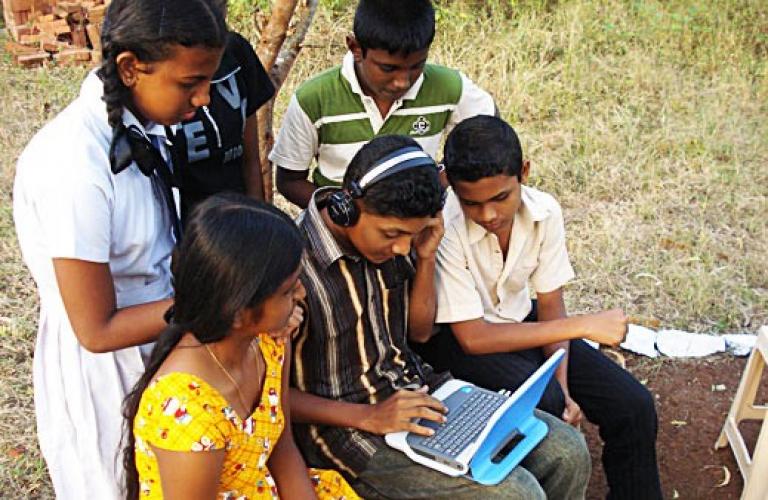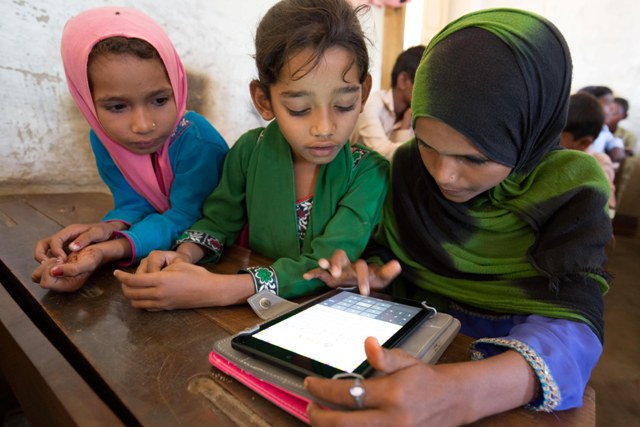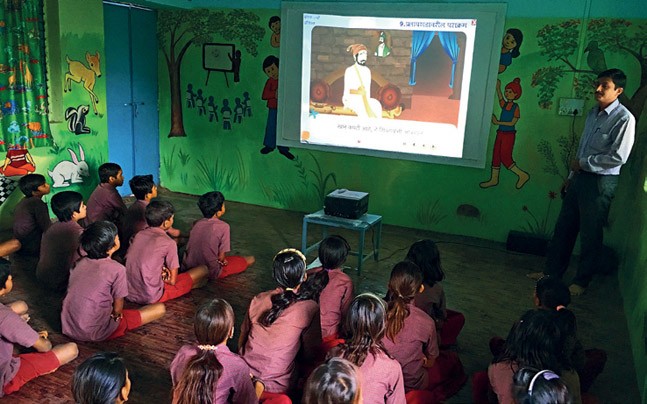Technology is the king of the current world. It is something we just cannot do without. Technology today has extended its hands in every nook and corner. Why then would it leave the education sector ignored?
Online education has made the lives of so many, easier. Right from students wanting to study a particular subject sitting at home to working adults wanting to upgrade their knowledge and skills, online education has made acquiring knowledge easy.
However, the benefits of online education carries are yet to reach its full potential. Rural India constitutes a majority of the country’s population. The education infrastructure of our country yet needs to develop. There is no doubt about the fact that traditional face-to-face learning can never be exactly replaced by online learning, however, it does have its own benefits that the traditional form of education doesn’t.
Besides, there are many factors that have affected the quality of education in the less developed or underdeveloped regions of our country. Some of the major reasons are the rural-urban divide, dropout rates in the rural areas, unequal allotment of teachers, absenteeism of teachers, poor and unattractive teaching methods and tools, and lack of well-educated and trained teachers.
It is due to the failure of a unified learning system in the country that the divide between the rural and the urban still exists. Proper implementation and instalment of e-learning systems throughout the country will help education reach students belonging to all socio-economic background. Internet connectivity is a great solution to the problems listed above. The internet provides easiest, convenient and speedy access to quality education.

Online education eliminates the problems of distance/location barriers and language barriers. Many e-learning platforms have come into existence which provides a huge knowledge base to millions not just across the country but the world. Internet today has become a connecting platform where knowledge seekers connect with knowledge providers to educate themselves. On such a platform, massive sharing of knowledge takes places which benefit all the users.
The knowledge seekers, over the internet, gain knowledge in two prominent ways. One is where the knowledge seekers take help of the Ed-Tech startups like Udemy, Coursera, Khan Academy, Byju, etc. on which they view the pre-recorded lessons/chapters of various different subjects. Since these lessons are audio-visual in nature, it becomes easier for the students to grasp the knowledge. Anyone having internet connectivity can easily access these platforms.
The second way is by attending a live online lecture. In this form, a teacher sitting in one corner of the country can pass on her/his knowledge to students located in different parts of the country. This technology can use both audios as well as video format. This kind enables the students to raise doubts, ask questions and also get their queries solved. The tools used for this type of knowledge sharing involve Skype, Adobe Connect, etc.

All the government needs to do is, ensure that the rural areas have proper and good internet connectivity, spread awareness about the benefits e-learning has, and teach them easy ways to get started. With the escalating level of population, if the problem of poor education goes unaddressed, the number of unemployed youth is going to increase to a disturbing level. Before that happens, finding the right solutions is a must and E-learning will definitely be a positive solution to this problem.





























